I am sure that you might have heard of the matrix organizational structure, which is the most popular organizational structure adopted by medium to large organizations. They like this type of organizational structure as it provides the flexibility required to run their operations.
This flexibility makes the matrix structure attractive, as projectized and functional organizations are rigid by nature.
A functional structure’s rigidity makes changing workflow or procedure difficult. Organizations using functional structures face challenges with in-house projects. Since projects are temporary, businesses cannot keep project management staff permanently.
A projectized organization has a temporary structure. However, if the business has many projects, it will need some permanent staff to manage administrative, finance, legal issues, etc. Put simply; they need some permanent staff to take care of regular activities. An all-temporary staff will not suffice.
This is where a matrix organizational structure comes in—it has the best of both worlds. It allows organizations to choose the structure to suit their requirements, providing them with an efficient and flexible structure.
Projectized and functional structures represent two extreme points of a string, while the matrix organizational structure is balanced. It is a mix of two or more types of organizational structures.
This combination helps organizations achieve higher efficiency, readiness, and market adaptation. They can respond faster to customer demand with less product launch time. This structure is suitable for organizations operating in a dynamic environment.
However, a matrix structure is not suitable for a fixed business environment. For example, organizations with production operations don’t typically require changes to their processes, so they should adopt a functional structure.
Matrix Organizational Structure
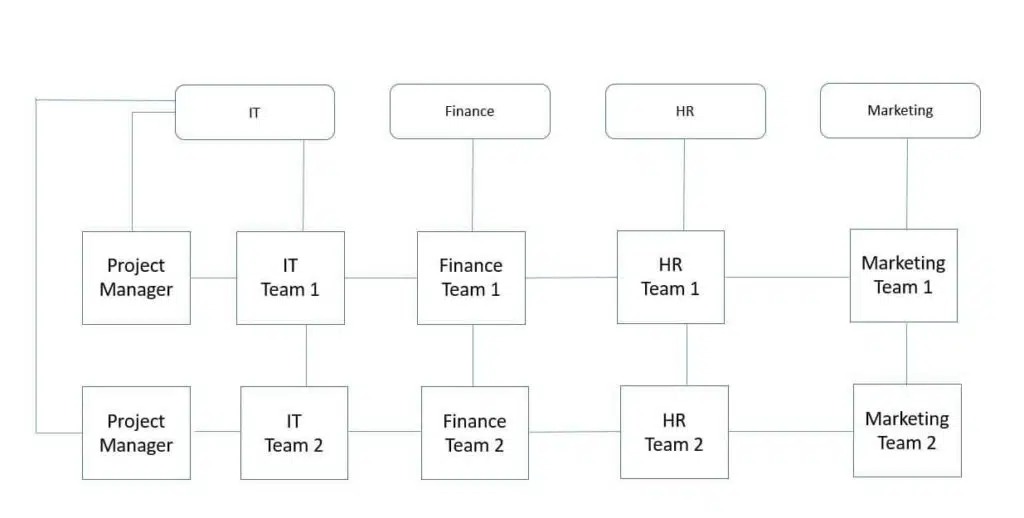
According to the PMBOK Guide, the matrix organization is a combination of the projectized and the functional structures.
In a matrix organizational structure, the authority of a functional manager flows downwards, while the influence of the project manager flows horizontally. Hence, it is called a matrix organizational structure.
Employees may report to several managers in an organization with a matrix structure.
For example, let us say you are an engineer working in a functional department. Your organization starts a project and needs an engineer to assist the project manager. You may be assigned to the project for a short period or be called whenever they need your services. You will report to two bosses.
The matrix structure is a composite of the projectized and functional structure. The appeal of this structure is that the knowledge, skills, or talent of an employee can be shared.
Functional managers will look after the functional part of the project. They may decide on the staff assignments. The project manager will have authority over the administration of the project. For example, the project manager will carry out the work, follow up on the schedule, evaluate performance, etc.
Working in a matrix organization is challenging. Your role will be complex because you have many bosses. Firm work priorities, a clear reporting system, and defined responsibilities are important to avoid confusion and provide a better work environment in a matrix organization.
Large and multi-project businesses take advantage of the matrix organizational structure so they can move employees whenever and wherever their services are needed. The matrix structure has the flexibility of maximizing the organization’s talent by viewing employees as shared resources.
Types of Matrix Organizational Structure
You can classify the matrix structure into three categories:
- Strong Matrix Structure
- Balanced Matrix Structure
- Weak Matrix Structure
Strong Matrix Organizational Structure
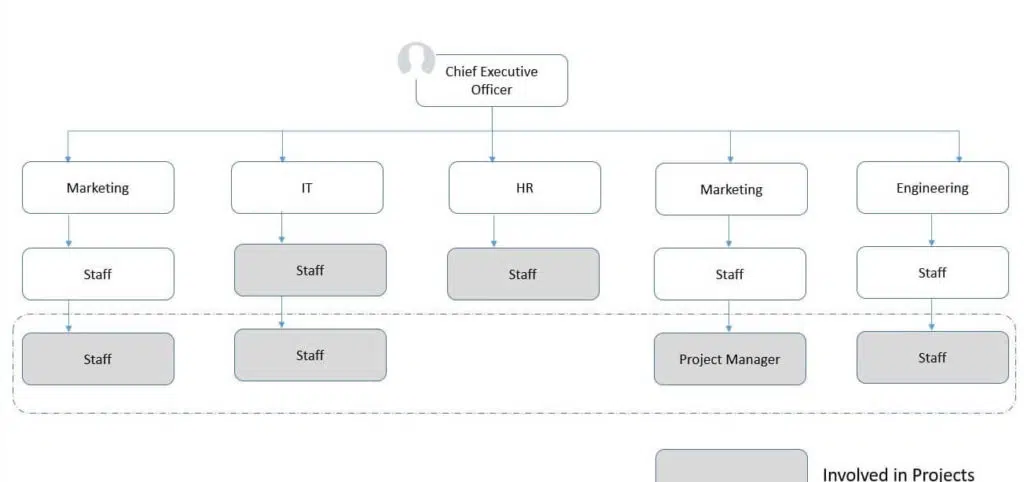
In strong matrix organizations, the project managers have full authority and a full-time role. They control the budget, and a full-time project management team will report to them. In this way, a strong matrix structure shares characteristics with a projectized organization.
The functional manager has a minimal role in a strong matrix organization.
Balanced Matrix Organizational Structure
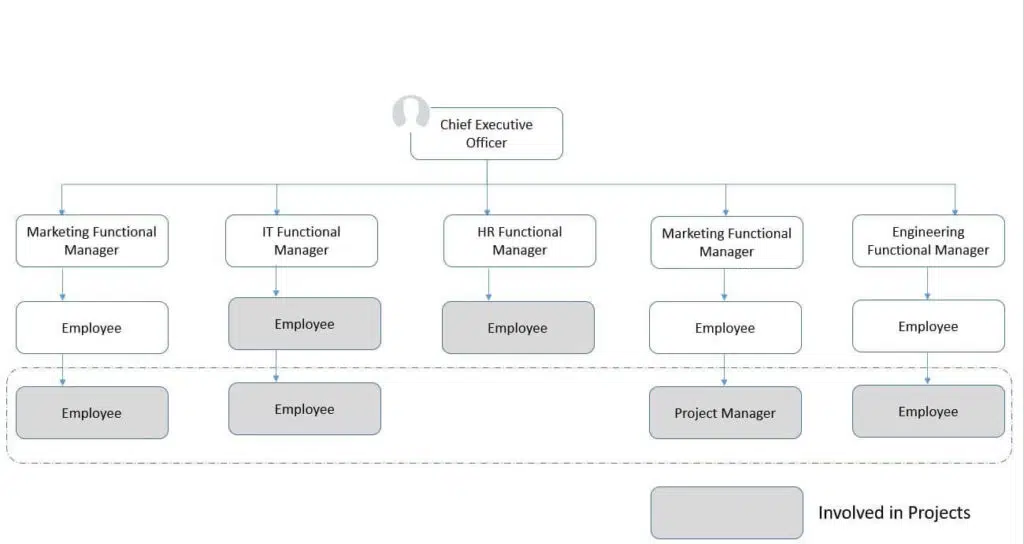
In balanced matrix organizations, project and functional managers share authority. The project manager has a full-time role, while the project management staff will be part-time. Here, both managers control the budget.
Weak Matrix Organizational Structure
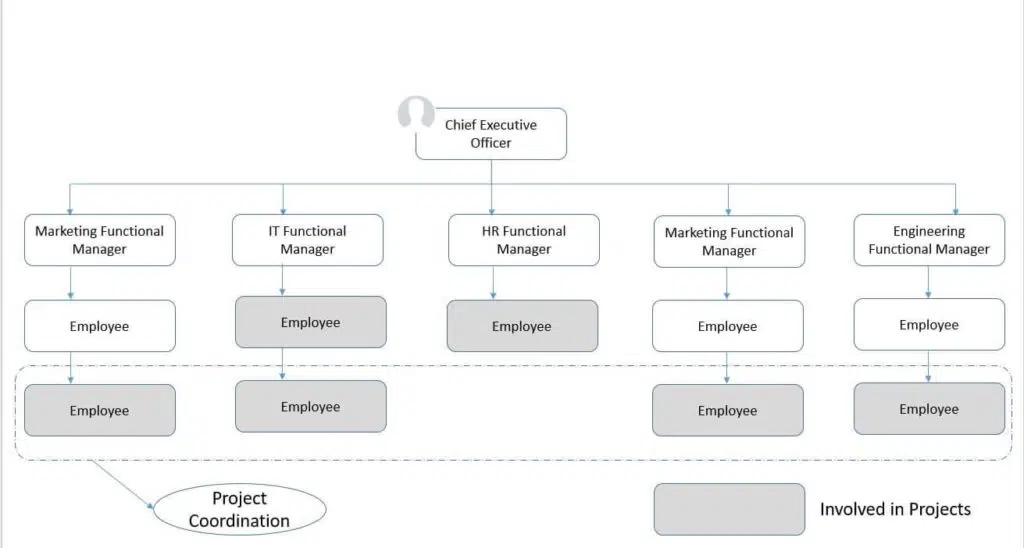
In weak matrix organizations, project managers have limited authority. Their role is part-time, and no administrative staff report to them. Their position is similar to a coordinator or an expediter. In a weak matrix structure, the functional manager controls the project budget.
A weak matrix organizational structure shares characteristics of a functional organizational structure.
Advantages of a Matrix Organizational Structure
The following are a few advantages of a matrix organizational structure:
- Highly skilled and capable resources can be shared. This allows open communication and knowledge sharing within the organization.
- The matrix structure is dynamic, allowing employees to communicate across department boundaries and creating a pleasant, cooperative work environment that helps to integrate the organization.
- Employees can enhance their skills and knowledge by taking part in different projects. The matrix structure provides a fertile environment to learn and grow.
- Employees are skilled in functional departments. Project teams can access these capable employees whenever their services are needed.
- Because of job security, employees will be faithful and perform well, meaning the efficiency of a matrix organization is higher.
- Resource usage is optimal. You have access to experts from your organization, and you can share equipment between projects. Negotiation works smoothly in matrix organizations.
Disadvantages of a Matrix Organizational Structure
The following are a few disadvantages of a matrix organizational structure:
- Employees may have to report to two managers, which adds confusion and may cause conflict. This especially happens in a balanced matrix organization where both bosses have equal authority.
- An authority conflict may arise between the project manager and the functional manager.
- Employees may be confused about their roles and responsibilities. Work priorities can cause conflict among employees if they are not well defined. This happens when employees are assigned a new task different from what they expected.
- There can be competition for scarce resources, which may cause hostility and impair work.
- It is perceived that matrix organizations have more managers than required, which increases overhead costs.
- The workload tends to be high in a matrix organization. Employees have their regular work along with the additional project-related work, which can exhaust them. Employees may ignore their regular responsibilities if they are overtaxed.
- A matrix structure is expensive to maintain. Organizations have to spend more to keep resources, even when they are not busy, as some are needed only for a short duration.
Example of Matrix Organizational Structure
In 1970, Philips started using the matrix structure for the first time. The company’s managers were reporting to their production head and geographical managers. It became so successful that other multinational organizations such as General Motors, Hughes Aircraft, and Caterpillar Tractors adopted the same structure.
How to Overcome the Disadvantages of a Matrix Organizational Structure
Some disadvantages of a matrix structure can be countered in the following ways:
- Organizations should foster close cooperation between the project manager and the functional manager to avoid confusion and conflict.
- Communication should be well defined, and it should occur in all directions. This is important to gain support from executives, managers, supervisors, and employees.
- Organizations must clearly communicate their vision, objectives, and goals to their employees.
- Power distribution between the project and the functional manager should be balanced properly. Any imbalance may impact the effectiveness of operations.
- Any conflict between the project manager and the functional manager must be resolved as quickly as possible and in private.
- Roles and responsibilities should be clear and communicated to employees to avoid confusion.
Summary
Big organizations have dynamic environments. They need to respond quickly to customer requirements and market demand, so a matrix structure is suited to them. This allows for better resource utilization and provides experts when needed. The matrix organizational structure tries to blend the best of both worlds since power-sharing between the project and functional managers changes according to the matrix. Though matrix structure adds complexity, the benefits far outweigh it.
I hope this blog post has increased your understanding of the matrix organizational structure.
Are you working in an organization with a matrix structure? Please share your work experience through the comments section.
This is an important topic from a PMP exam point of view, and you may see a few questions about it in your exam; therefore, make sure to review this post and feel free to discuss it further in the comments.
Reference: Alternative Organizational Structures 1976 and “Is the Matrix Fad a Fast-Fading Flower?” 1984, Bob Youker.

I am Mohammad Fahad Usmani, B.E. PMP, PMI-RMP. I have been blogging on project management topics since 2011. To date, thousands of professionals have passed the PMP exam using my resources.

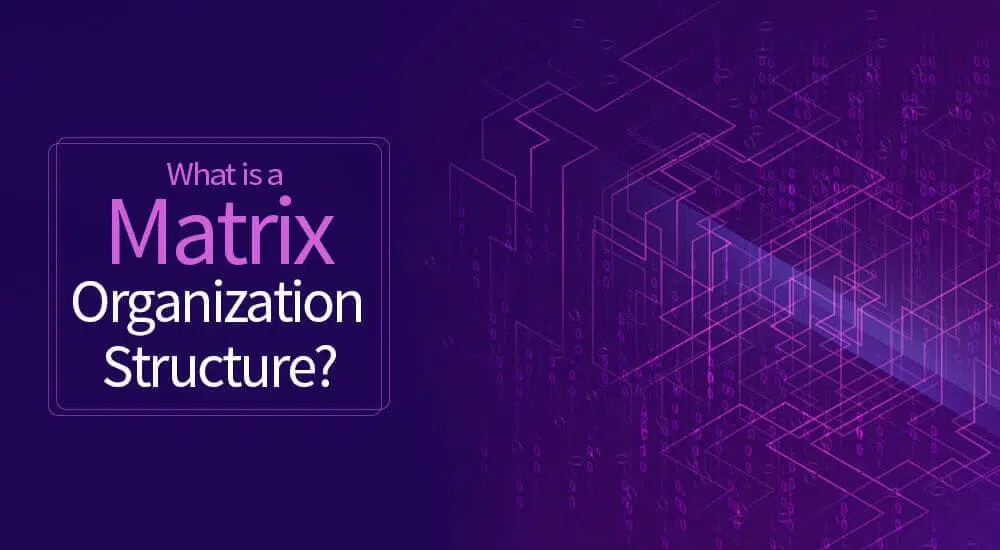
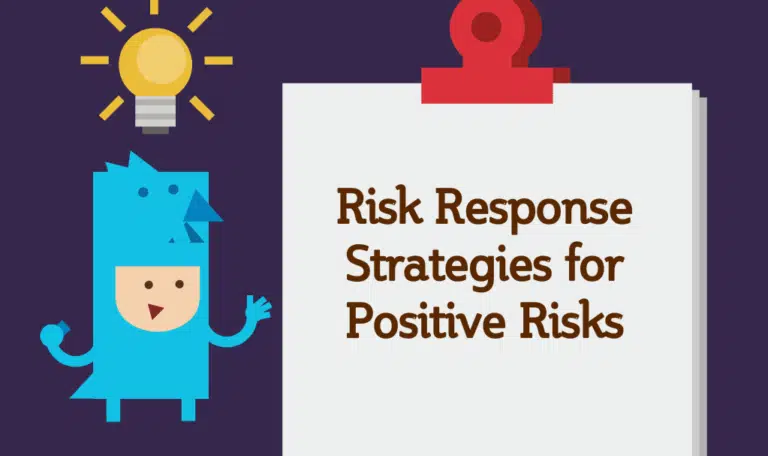


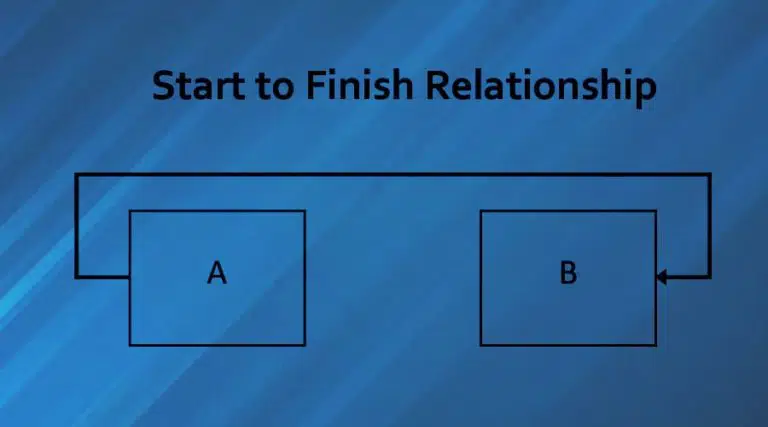


MGD: The matrix structure exactly describes how our organization’s project management function is deployed. I would say that we have a weak matrix structure in that we have virtually no authority over our associates who execute the technology components of our projects. Rather, our authority is more of a moral authority, in that following the plan and executing to the project requirements are within the scope and context of our organization’s stated mission and core values. So, it’s up to us as project managers to encourage and enlist cooperation from our comrades rather than compel and require their attention and efforts. That, after all, is leadership, the art of influencing others so as to obtain their willing cooperation toward the accomplishment of a goal or mission.